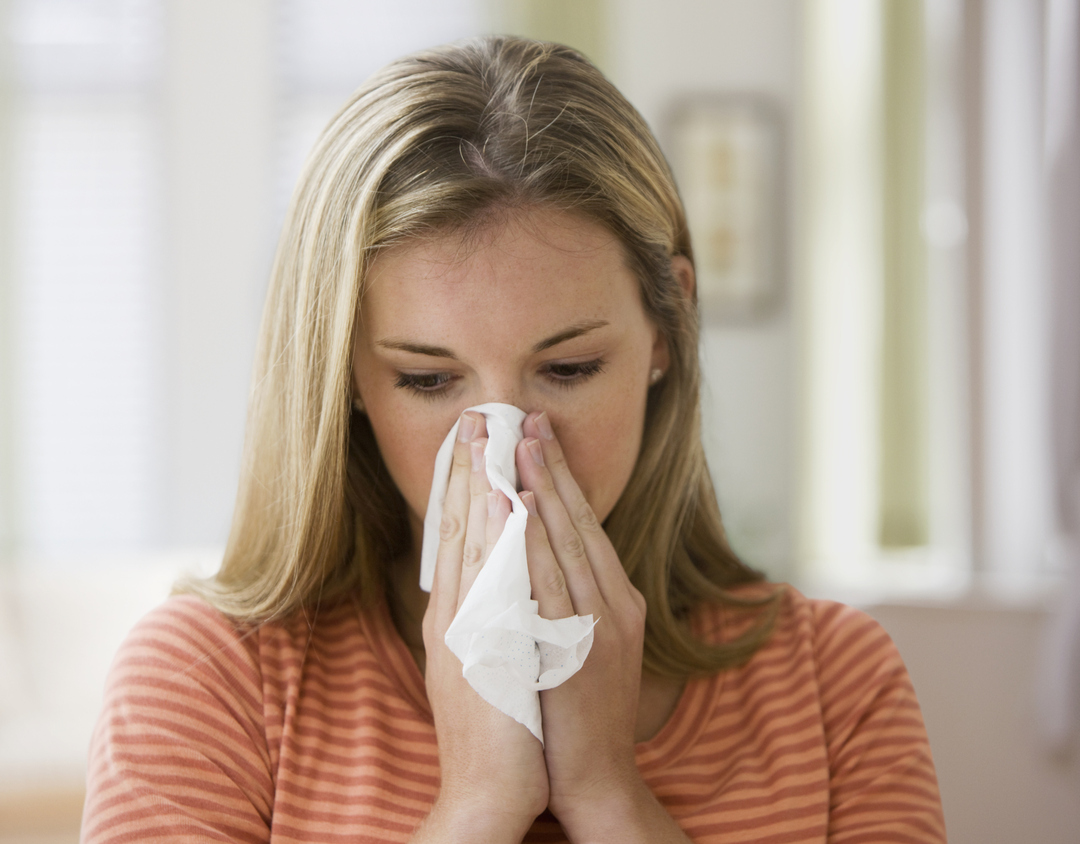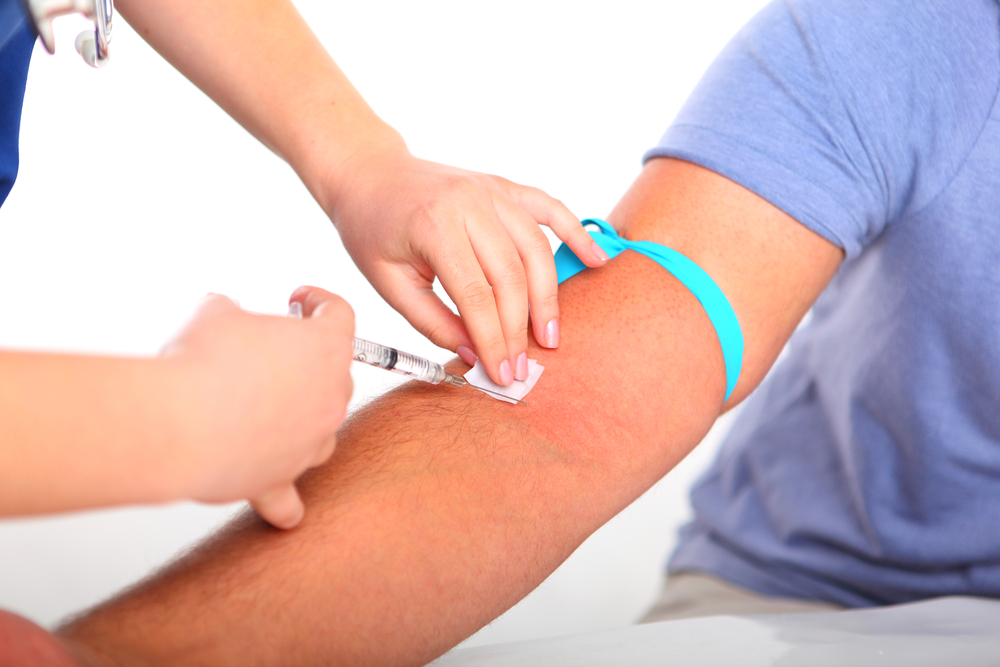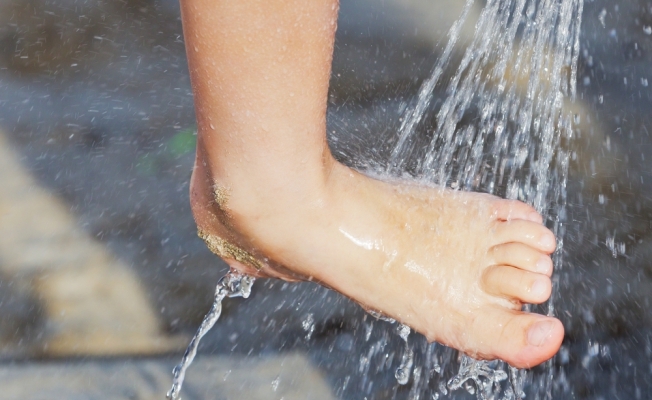Pollenosis, or hay fever: symptoms and treatment
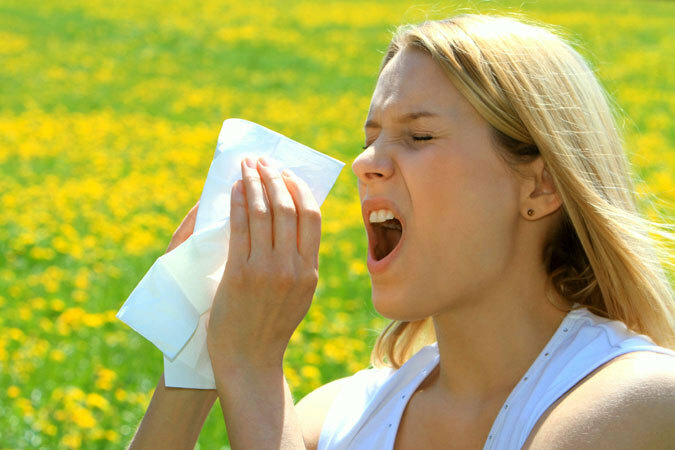 Pollinosis is a classic allergic disease characterized by seasonality, that is, it always appears at the same time of the year.Its symptoms are a direct consequence of the immediate-type hypersensitivity reaction to the pollen of flowering plants.
Pollinosis is a classic allergic disease characterized by seasonality, that is, it always appears at the same time of the year.Its symptoms are a direct consequence of the immediate-type hypersensitivity reaction to the pollen of flowering plants.
Pollinosis, first described two centuries ago, is also known as "hay fever".It was once thought that the characteristic symptoms are caused by the reaction to hay, but over time it was proved that the leading etiologic factor is the pollen of wind-pollinated plants.
Table of Contents: Etiology Symptoms of hay fever and diagnosis of disease Treatment of pollinosis and prevention of exacerbations of the disease Pollinosis in childrenEtiology
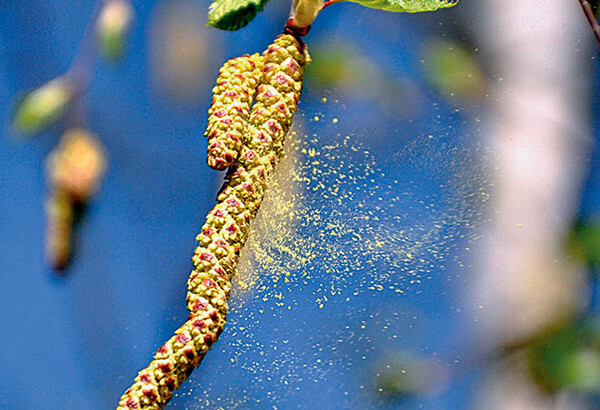 The risk group for pollinosis includes those with congenital insufficiency of immunoglobulin A production, as well as patients with other allergies,Chronic bronchitis and asthma.High risk of allergic rhinoconjunctivitis in patients with low immunity.
The risk group for pollinosis includes those with congenital insufficiency of immunoglobulin A production, as well as patients with other allergies,Chronic bronchitis and asthma.High risk of allergic rhinoconjunctivitis in patients with low immunity.
Allergic pollinosis is observed in patients strictly in the same months."Schedule of morbidity" strictly coincides with the period of flowering of certain plants.As allergens are small particles that penetrate into the upper parts of the respiratory system and fall on the conjunctiva of the eyes and skin.
In the European territory of our country, from the second half of April until mid-May, allergic symptoms in patients appear, as trees start to bloom( maple, poplar, etc.).From May to July - the flowering period of cereals;At this time there is a "second wave" of pollinosis.From mid-summer to early autumn, the pollen is fixed in people with allergies to pollen of weeds( wormwood, quinoa, etc.).
Please note: , contrary to the prevailing opinion, the actual poplar fluff does not cause allergies, because due to the large particle size it does not penetrate the respiratory tract.But it is a kind of transport for small pollen, so it poses a huge danger for allergy sufferers.
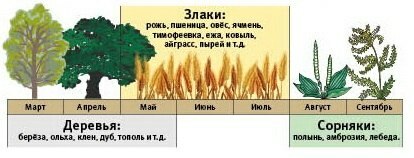
As a result of contact with the allergen, inflammation of the mucous membranes develops.In some cases, there may be allergic dermatitis( skin lesions).
Important: for a fairly large number of patients is characterized by a cross-allergic reaction.Thus, in response to birch pollen, pollinosis can develop when eating apples, carrots and nuts( hazelnuts).If there is an allergy to the wormwood pollen, the appearance of allergy-specific symptoms with the use of sunflower seeds, honey, as well as fruit and citrus peel is not excluded.
Symptoms of hay fever and diagnosis of the disease
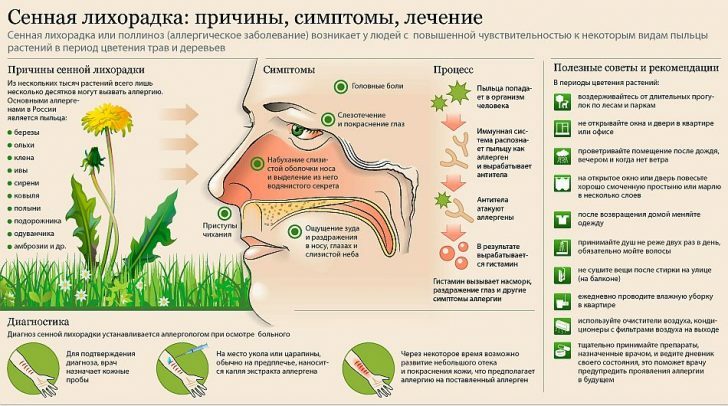
Characteristic for pollinosis symptoms are:
- Rhinitis( inflammation of the nasal mucosa);
- conjunctivitis( affection of the conjunctival membrane of the eyes);
- sensation of perspiration in the throat and cough( consequence of allergic inflammation of the mucous upper respiratory tract);
- increased fatigue and a constant sense of fatigue;
- increased irritability.
Allergic rhinitis is manifested by nasal congestion, a feeling of itching and tickling, frequent sneezing and rhinorrhea( the appearance of a large amount of clear discharge).
For allergic conjunctivitis, reddening and pain in the eyes, lacrimation and intolerance of bright light are characteristic.
Less likely to develop dermatitis.With a pronounced allergic reaction, asthma attacks due to bronchospasm are not excluded.In some cases, fever is observed.With allergies( pollinosis), involvement in the pathological process of the nervous, cardiovascular and genitourinary systems is not ruled out.
Important: symptomatic pollinosis often resembles the clinical manifestations of the common cold, so many patients over the years do not seek help from an allergist.
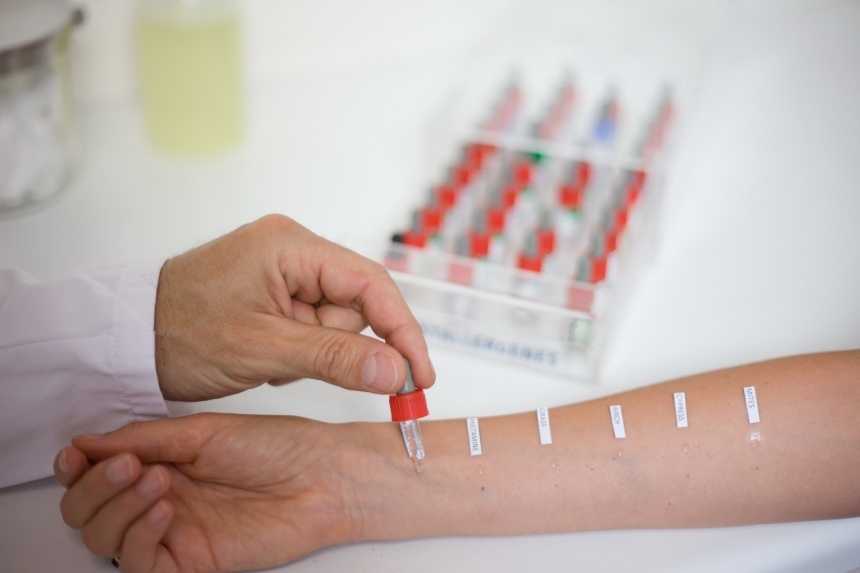 Skin( scarification) tests are performed for the diagnosis.On the patient's skin a special sterile scarifier is made by small scratches, which are then applied to one of the suspected allergens.With a positive result, a noticeable hyperemia develops around the scratch( redness).If the setting of skin tests is not possible, then they resort to a technique that allows detecting IgE antibodies in the blood.
Skin( scarification) tests are performed for the diagnosis.On the patient's skin a special sterile scarifier is made by small scratches, which are then applied to one of the suspected allergens.With a positive result, a noticeable hyperemia develops around the scratch( redness).If the setting of skin tests is not possible, then they resort to a technique that allows detecting IgE antibodies in the blood.
Treatment of pollinosis and prophylaxis of exacerbation of exacerbations
For the treatment of pollinosis, three methods are developed that complement each other:
- ASIT - allergen-specific immunotherapy( performed during remission);
- symptomatic and pathogenetic treatment( including administration of antihistamines and glucocorticoids);
- barrier method.
ASIT requires a weekly injection( usually an injection) of an allergen with a gradual increase in dosage.This allows the immune system to "adapt" to a certain substance.
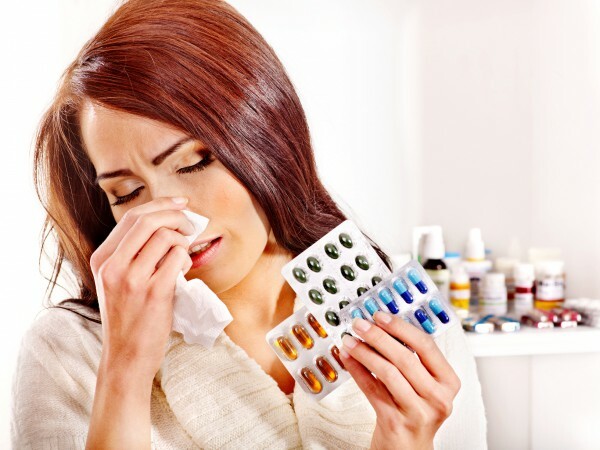 Antihistamines reduce symptoms because they inhibit the release of mediators of allergy and inflammation and block histamine receptors.
Antihistamines reduce symptoms because they inhibit the release of mediators of allergy and inflammation and block histamine receptors.
Important: many antihistamines have sedative properties and cause drowsiness.
The barrier technique involves the use of respirators and filters for the nose during the flowering of certain trees or grasses.This makes it possible to minimize contact of the mucous membranes with the allergen.
People who develop characteristic allergic symptoms every year are recommended to take antihistamines every day during an exacerbation.Calcium gluconate is also shown, because this drug reduces the permeability of the vascular wall, reducing the severity of certain manifestations.In the daytime, it is better to keep the windows in the apartment closed, and to ventilate the room better at night or after the rain.Every day you should take a shower and perform a wet cleaning of the room.In dry weather, it is necessary to abstain from walks, and to spend rest near water bodies, on the banks of which a minimum of vegetation.
When a patient leaves a certain locality( region), where allergens are now blooming, the symptoms disappear rather quickly.Outside the city, pollinosis can become aggravated, as the concentration of pollen in the air there, as a rule, is higher.
Pollinosis in children
As a rule, pollinosis occurs in children who reached the age of 5, after repeated contact with the allergen.
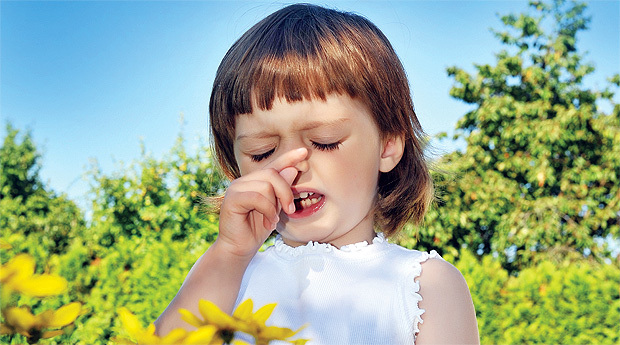 Among the factors predisposing to the appearance of hay fever in children are: a bad environment( contaminated atmospheric air);
Among the factors predisposing to the appearance of hay fever in children are: a bad environment( contaminated atmospheric air);
- ;
- availability of other types of allergies( eg - food);
- weakened after disease immunity;
- vaccinations( routine vaccination).
Important: in boys, the probability of occurrence of pollinosis is higher than that of girls.The risk group includes children with a family history allergic family history( close relatives of allergy sufferers).Significantly higher incidence in infants who had contact with tobacco smoke in the first year of life!
In addition to the "classic" symptoms of rhinoconjunctivitis, the child may develop secondary clinical manifestations - sleep disorders and lack of appetite.
Allergic conjunctivitis is often complicated by a secondary bacterial infection, as children enter infectious agents, constantly rubbing their eyes.Allergic rhinitis in children in a number of cases leads to inflammation of the tonsils( increased adenoids), and sinusitis( inflammatory lesions of the paranasal sinuses).
About the symptoms, treatment and prevention of pollinosis in children in this video review tells the doctor:

